Bogota – give it a chance
Bogotá is quite an amazing place. From the moment you get off the plane and step out of El Dorado International Airport, you are hit with the rawness of the culture here. There are a hundred taxi drivers and their mothers that swarm around you as you exit the double doors, vying to be the lucky one that gets to take you to your hotel.
This gets compounded with the dreary clouds low overhead, and it can make a tourist feel a little claustrophobic fast.
As you make your way in the back seat of the tiny car towards downtown Bogotá, you brace yourself as the tiny car zips in and out between trucks and buses much bigger than the jalopy you’re in. Rounding a corner, you can’t believe that the car does not lose its grip on the road, because the car seems to be going much too fast through the slippery turns, wet from the afternoon rain.
Closer to the center of the city, downtown, you come across more depressing scenes, as if you hadn’t seen enough in the last 20 minutes. There are the city’s poor and forgotten, coming up to your window. They reach in asking for anything, money or food, knowing that you are new to the city and might give them a chance. You want to help, but you just stare, because you are paralyzed by the culture shock. Further down the road, you see stray dogs on every street, with the same intentions of finding a little bit of food, but mostly ignored.
This sounds dreadful, huh? But, it isn’t. Bogotá has an energy and enthusiasm that you will see, if you just give it a chance. And it doesn’t take long. There are many things to do to get your tourist adventure started. First, you may want to check out the typical “traps”. Bogotá has a very rich cultural background, which can be experienced at any one of their many museums, libraries, and institutions.
Attractions in Bogota
The Museo del Oro, or Gold Museum, is a great place to start your cultural exploration. Gold was the major force behind colonial Colombian civilization, and the role that gold played in those early years can be witnessed in its entirety here. Half of the Colombian national flag is yellow, representing the dominance of gold here, so you can imagine just how important it really is. The museum houses the largest pre-Hispanic gold collection in the world.
Next, the Museo Nacional de Colombia, or National Museum of Colombia, is another must-see destination, as it provides you with a solid background to the country. The history of many of Colombia’s early and original natives, as well as the Spanish conquest that provided much of the country’s identity as we know it today can be found here. There is also a large portion of the museum that is dedicated to many of Colombia’s great artists, including Fernando Botero.
To get a picturesque view of the city, head a few blocks south of the Museo Nacional to the Torre Colpatria, or Colpatria Tower. The building, as of 2011, is the tallest building in Colombia and the second tallest in South America, until developers nearby finish the BD Bacata in a few years from now. The 50-story tower is named after Colpatria bank, which has its headquarters inside. The view from the top is breathtaking, and you can go all the way around the top of the tower to essentially get a 360- degree view from the heart of downtown.
At 3,000 COP (roughly $1.60 USD as of 2010), it is well worth the admission. Try going on a clear day, which is tough to do(Bogotá always seems to be overcast with impending rain), but would definitely give you much better photo opportunities.
If the top of the Torre Colpatria did not satisfy your craving for sky-high panoramic vistas, you’d do well to visit Cerro de Monserrate. The summit of this mountain is a popular trek for tourists and pilgrims alike. There is a picturesque little white church built on the top of the mountain, 3200 meters high, and many make the pilgrimage to give thanks to El Señor Caido, the statue of “the fallen Lord” inside the church. Take the funicular(a rail car that feels as if it’s going straight up) or the teleferico(cable car) if you are not inclined to walk(that’ll cost you several hours, and many locals told me that some bad people sometimes post there intending to rob trekkers).
No tourist can miss out on La Candelaria, a neighborhood of Bogotá that has much historical importance, including the capture and escape of Simon Bolivar, as well as being integral as the starting point of the area’s revolution. If you are on a budget or backpacking and staying at a hostel, chances are this is where you’ll be. This colorful district, filled with pastel colored houses, has many of the city’s most important museums. Check out the Cultural Heritage Museum, Museum of Colonial Art, Museum of Religious Costumes, and the National Police Historical Museum, though there are many more just as significant in this area.
To complete the tour of Bogotá’s must-see tourist attractions, swing on over to Plaza de Bolívar, or Bolivar Square, named after Simon Bolivar (EVERYTHING in this city is named after this guy!) who has a statue in its center. This is a gorgeous square surrounded on all sides by massive and architecturally stunning government buildings. On the southern side, you have the National Capital building, where the seat of Congress is located.
On the eastern side of the square you have the Holy Chapel and the Primate Cathedral. On the northeast corner is the Vase house, and on the southeast side is the Mayor School of San Bartolomé, a secondary school originally established by the Jesuits in 1604. Finally, on the western side of the plaza is the Liévano building which is the seat for Bogotá’s Mayor. Though the buildings may
capture many of your photographs, the Plaza itself is a relaxing sight to behold. The square seems to be
the default gathering place of the city’s pigeons, and you can usually find many locals feeding them.
To eat, Bogotanos have many options. Every restaurant in Bogotá seems to be a chain restaurant. You will find it difficult to locate an independently-owned dining establishment, other than the little food vendors at the local markets and such. However, don’t be alarmed; Bogotanos don’t have the pretentious view that eating in a chain restaurant should be frowned upon. And there are some that you just have to try.
Food
Crepes & Waffles seems to be the most famous chain, virtually found in every mall and in many neighborhoods. As hinted by the name, this restaurant serves variations of crepes and waffles for breakfast, lunch, and dinner. The atmosphere is fairly classy, and is a great place to go, though not quite cheap, as it is not considered fast food. El Corral is just about as popular as Crepes(which is what most refer to the restaurant to shorten it). El Corral is a hamburger joint with a southwest American feel, but they have several burgers that combine ingredients from specific regions of Colombia. Great burgers, about 8EUD for a combo as of 2010.
And the coffee shops! Who hasn’t heard of Colombian coffee? Try some of the best at Juan Valdez, a great little Sarbucks-style place, that serves nice little Colombian pastries on the side. Sweeten your cup ‘o joe with the little packets of panela, which is a form of unrefined sugar, that has a uniquely wonderful flavor. Oma is another great chain of coffee shops that’s just as good, with about the same selection.
An arepa is a Bogotá staple, like tortillas are in Mexico. An arepa is a flat, round bisuit-like patty that is unleavened and made of cornmeal. There are many styles; I enjoy the thicker ones from the street vendors that are fried with cheese or an egg in the middle. I have eaten arepas many times for breakfast or as a snack later in the day. If you eat it for breakfast, try dipping it in your hot chocolate for a few seconds and then eating it, which is what the locals do(they seem to dip anything within reaching distance into their morning hot cocoa or coffee).
Way of Life
Bogotanos always seem so calm and collected, and they are an ambitious bunch, to generalize a bit. They are still also trying to shed the despicable reputation that they’ve assumed over the past few decades, mostly due to violence involving the drug cartels and the FARC rebels. Though Colombia is still the one of the leading producers of cocaine, and although there is still much violence throughout the country, Bogotá is handling itself rather nicely. It is easy to feel generally safe, unless you venture to certain neighborhoods or at night.
Colombians, if I can generalize once more, are a good looking group of people. Many are extremely easy on the eyes, and everyone looks just the right weight. Not only may this be because of the many fruits and vegetables that they consume, but Bogotá has this thing called the Ciclovía. Every Sunday and major holiday, many of the streets are closed, and from around 7am until 2pm, cyclists, rollerbladers, and pedestrians all get out and walk. At the same time, parks are set up with tents and booths for yoga instructors and fitness gurus, and the whole city becomes one giant fitness center. This Ciclovía seems to be one of the biggest factors for Bogotanos maintaining their figure and relaxed attitude.
Night Life/Entertainment
Thought I’d never get to it, huh? Bogotanos typically go out later in the week, like Thursday through Saturday. Again, many of the popular spots are chains, such as a chain of beer houses called Bogotá Beer Company, which serves its own brew. Palos de Moguer is a similar joint with several locations as well.
If you ask anyone where the best night spot is, chances are they will tell you Andrés Carne De Res. Though there is a newly built 3-floor one in the Zona-T, you should check out the original one, which is located in Chia, a municipality right outside of Bogotá to the north. The taxi ride back to Bogotá can be long, just to forewarn you.
Parque de la 93, or 93 Park, is the trendiest of all the night scenes. It is named because it is on the 93rd Street. Around this small square park are many chic restaurants and bars, that all stay open late every night to receive the affluent and wealthy crowd that heads there.
If you want more of an exotic Colombian party scene, find a chiva. These are the tiny yellow, blue, and red colored little buses which many farmers use to bring their produce to the city to sell. At nights, many of them become a party bus! You can hear loud laughter and dance music as the chivas roll by, and catch the scent of anise as they down the Aguardiente, the national alcoholic beverage of Colombia.
Transportation
Getting around in this city that has the same population as New York can be intimidating. Don’t be afraid to take a taxi, though when it starts raining, you will almost never get one. Taxis are fairly cheap in Bogotá, costing about 4-8EUD per ride, depending on where you go.
Take a ride the way most of the city does, on their public transportation system. The TransMilenio is a huge system of buses that provides rapid transit throughout most of the city. The TransMilenio runs above ground on the same highways as ever other car and truck, but they have their own dedicated lanes that actually make them faster than taxis sometimes. As of 2011, the city is full of construction sites, as they are constantly adding new lanes and lines of service to expand the network. The current fare is $1,600 COP, which equals to about 0.50EUD.
No matter what you do in Bogotá, you will find yourself coming to love the city. Though the city has a somewhat ugly and uninviting exterior, the warmth, energy, and strength of the residents will undoubtedly leave you hooked and not wanting to return home. Just give the city a chance, maybe even a second chance, and you will come to find the same is true for you.
This is a post by my friend Christian Eilers from Dauntless Jaunter.
I used to have a boyfriend from Bogota but before I could go to visit it, I broke up with him. So (before I get another Colombian boyfriend ) at least now I can somehow visit Bogota by this post. Thanks Christian.
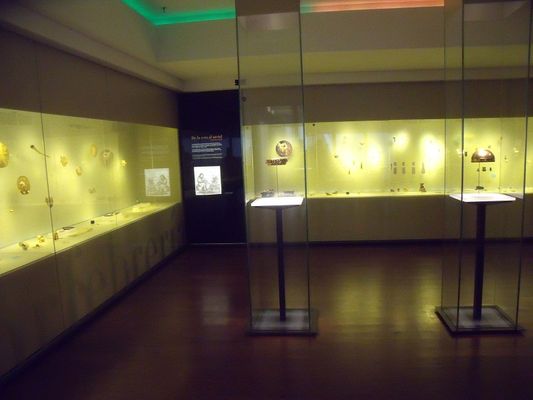
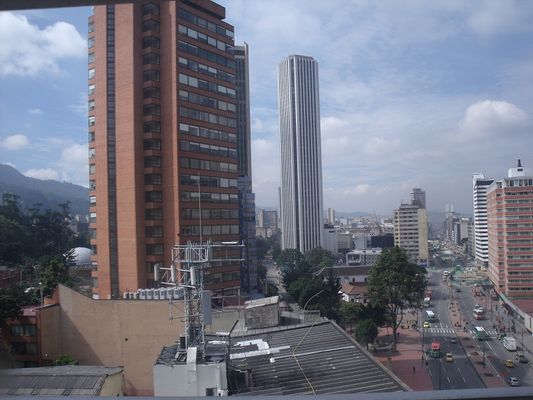
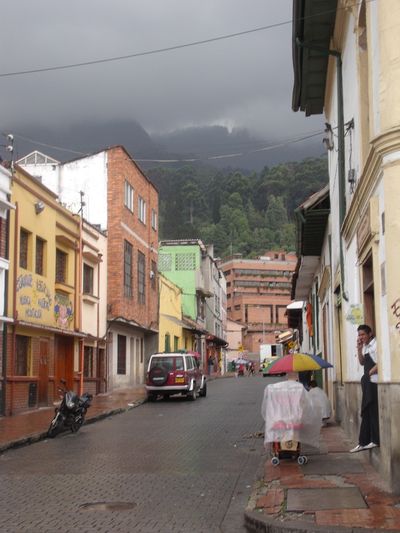

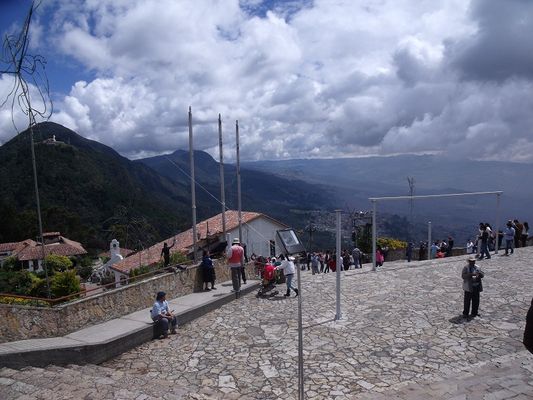
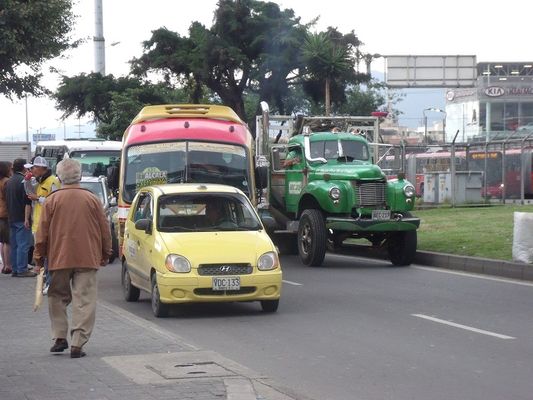
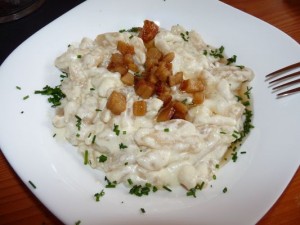

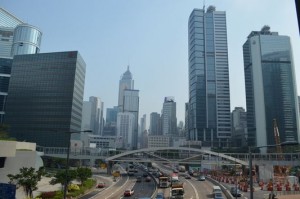
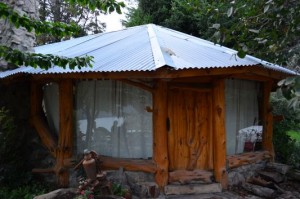
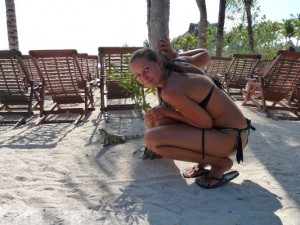
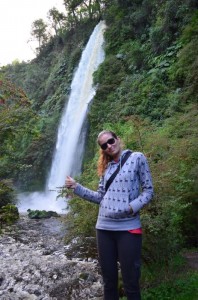
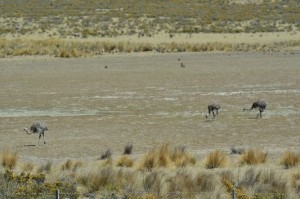
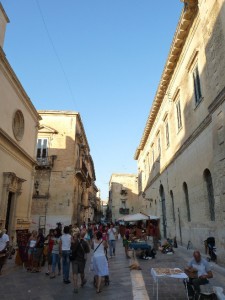
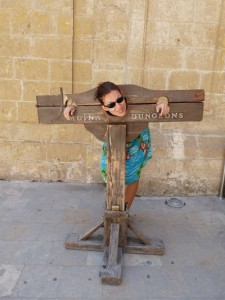

crazy sexy fun traveler
| #
Scott, we can go together one day :D
Scott - Quirky Travel Guy
| #
This is a great resource for anyone visiting the city. I would love to get on the party bus!
crazy sexy fun traveler
| #
Hahahaha a good one! Thanks for sharing such a brilliant post on my blog :D
Christian Eilers
| #
What a wonderful post! This is certainly the greatest post yet on your site! Keep up the good work; with this kind of journalistic talent, you will be a travel-blogging superstar in no time!
Oh, wait… I wrote this….
Sorry, my humor is not humorous sometimes……..
:)